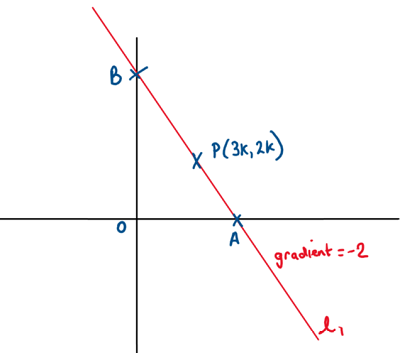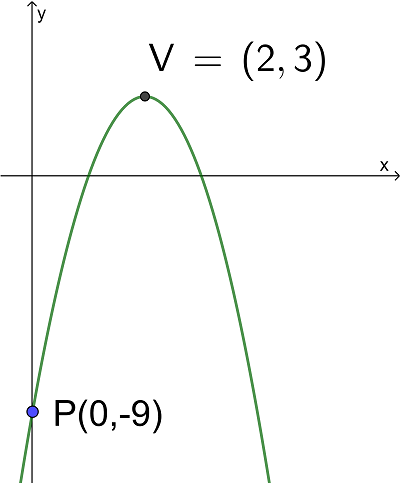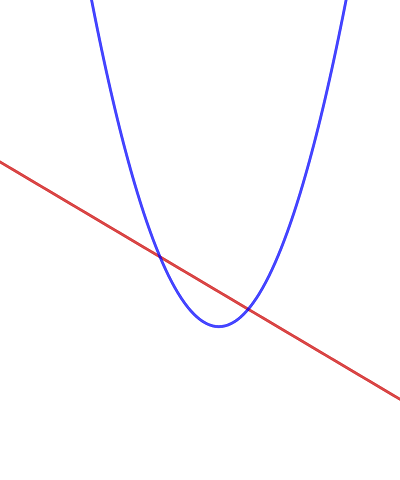On this page you can find examination questions from the topic of functions


The line \(l_1\) has equation 2x+5y+6=0
The line \(l_2\) is perpendicular to the line \(l_1\)and passes through the point (2 , -2)
a) Find the equation of \(l_2\)in the form ax+by+d=0, where a, b and d are constants.
b) Find the coordinates where \(l_2\) meets the y axis
Hint
Full Solution

The quadratic equation \(3x^{ 2 }−8x+2=0\) has roots \(\alpha\) and \(\beta\).
a. Without solving the equation, find the value of \(\alpha + \beta\) and \(\alpha \beta\).
b. Another quadratic equation \(3x^{ 2 }+bx+c=0\quad ,\quad b,c\in \mathbb{Z}\) has roots \(\frac{\alpha}{\beta}\) and \(\frac{\beta}{\alpha}\). Find the value of b and c.
Hint
Full Solution
How much of Functions Examination Questions HL have you understood?












 Twitter
Twitter  Facebook
Facebook  LinkedIn
LinkedIn